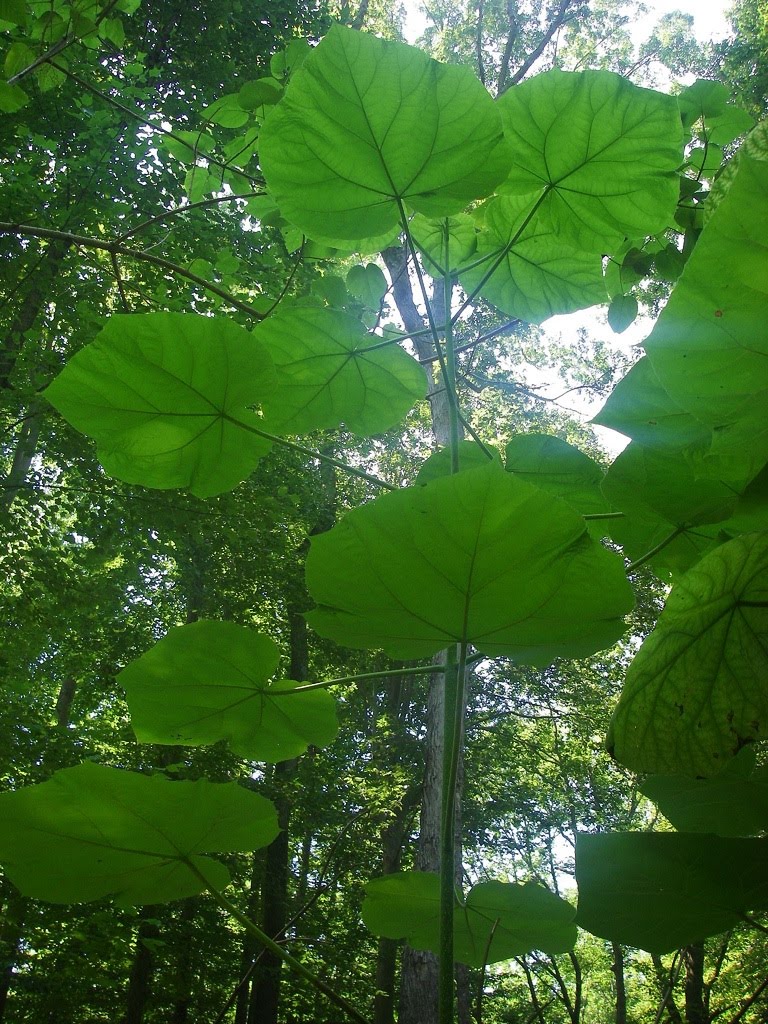10++ Paulownia Tree Leaves
Paulownia Tree Leaves. Leaves appear to be equally palatable to wildlife. It appears to be nowhere near as dangerously invasive as.

Paulownia fortunei commonly called the dragontree, dragon tree or fortune's empress tree, is a deciduous tree in the family paulowniaceae, native to southeastern china (including taiwan), laos and vietnam. A great addition to any trop. However, the biggest leaves result from pruning it to the ground each year, in late winter.
parasol chauffant favex cosy peinture vert canard chambre peinture radiateur bombe papier peint disney
PAULOWNIA elongata Paulownia Australian Seed
First harvest within 10 years. Before the leaves start appearing in the spring, you’ll see violet flowers with yellow stripes and dark spots appear. If left unpruned, the foxglove tree will quickly grow to form an attractive tree. Due to its large amount of excreted metabolites, paulownia tree species are used in the treatment of a variety of diseases in traditional medicine (ayan et al.

It has huge leaves, especially on young plants or on stumps that have resprouted. In a “biggest leaf” contest, the prize almost always goes to princess tree (paulownia tomentosa). A great addition to any trop. The paulownia tree, also called the princess tree or royal empr. I do not recommend paulownia as a landscape tree because the limbs are so.

This picture shows a 2 year old tree grown in alabama. Farther south, this tree is the most invasive, so any coastal or mid atlantic area should not plant this tree. It has huge leaves, especially on young plants or on stumps that have resprouted. If cut back each year by winter cold or pruning saw, paulownia grows back vigorously.

Paulownia leaves are used as animal feed and also as a green fertilizer, enriching the soil with organic matter (popova and baykov 2013). It has huge leaves, especially on young plants or on stumps that have resprouted. The royal empress tree produces fragrant flowers. If cut back each year by winter cold or pruning saw, paulownia grows back vigorously and.

Paulownia fast growing deciduous tree with large dark green heart shaped leaves growing in local home garden. I do not recommend paulownia as a landscape tree because the limbs are so brittle and prone to breaking. The paulownia tree, also called the princess tree or royal empr. If cut back each year by winter cold or pruning saw, paulownia grows.

Before the leaves start appearing in the spring, you’ll see violet flowers with yellow stripes and dark spots appear. In asia, it has been used to help remove heavy metals in contaminated soils, to decrease air pollution and for reforestization. It has huge leaves, especially on young plants or on stumps that have resprouted. If trees interest you, you will.

The paulownia tree, also called the princess tree or royal empr. > 6 inches leaf description: That’s why some cultures call this species a “foxglove” tree. It appears to be nowhere near as dangerously invasive as. The royal empress tree produces fragrant flowers.

They can measure up to 3 feet across (figure 1). People have an innate curiosity about the natural world around them, and identifying a tree by its leaves can satisfy that curiosity. This tree is used as an ornamental tree and also grown for timber. Before the leaves start appearing in the spring, you’ll see violet flowers with yellow stripes.

The pattern of venation is palmate, and the leaf margins are usually entire or shallowly lobed. First harvest within 10 years. Paulownia fast growing deciduous tree with large dark green heart shaped leaves growing in local home garden. Before the leaves start appearing in the spring, you’ll see violet flowers with yellow stripes and dark spots appear. If trees interest.

No chemical treatment is available. Fastest growing tree in the world. A paulownia leaf has no lobes and looks like a big green heart. This tree is used as an ornamental tree and also grown for timber. A great addition to any trop.